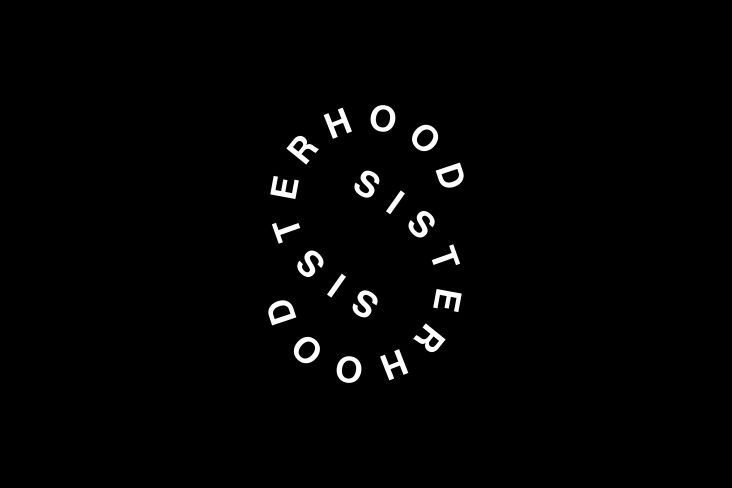The Mural Project by Graffiti Life is fighting Child Sexual Exploitation in Brazil
Brazilian not-for-profit organisation Meninadança has worked with east London-based collective Graffiti Life to create two murals for International Women’s Day that highlight child sexual exploitation.
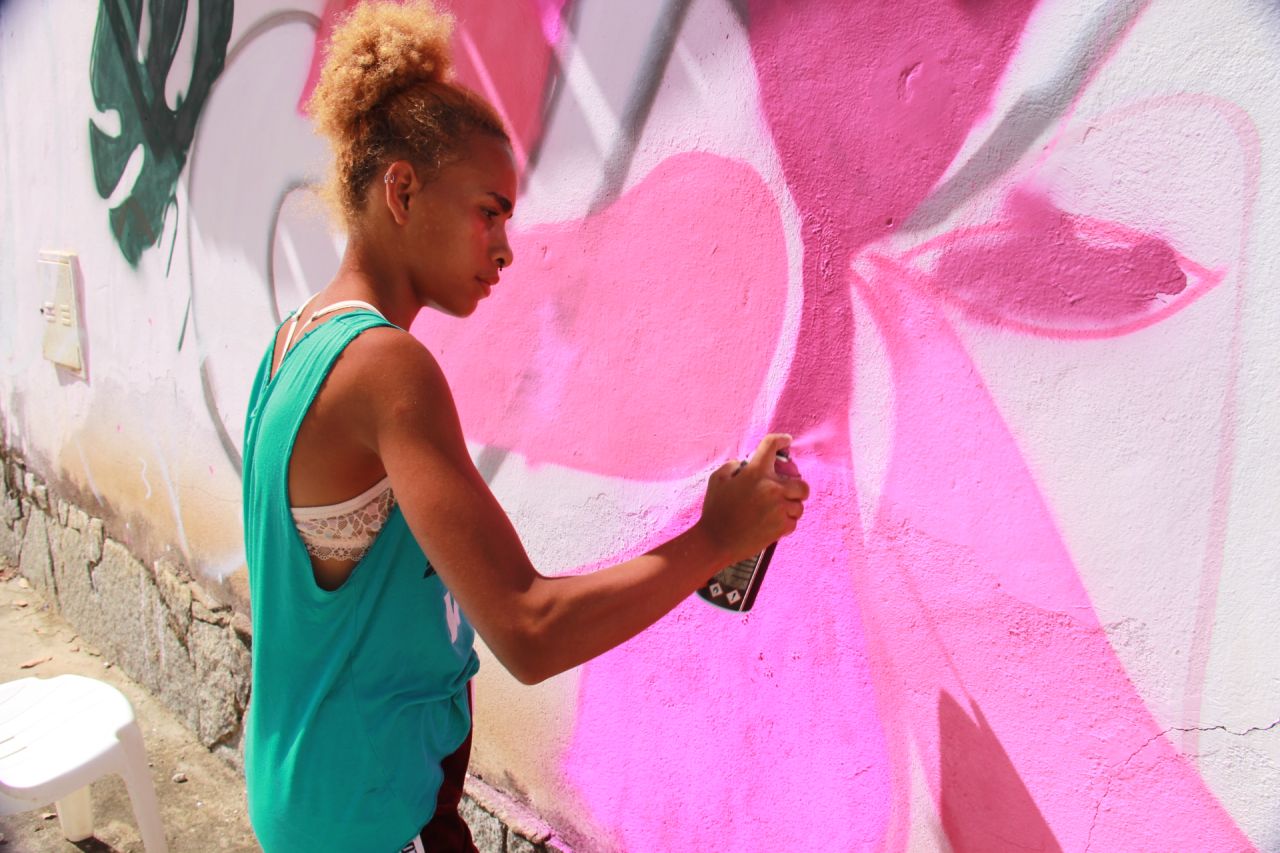
The murals are sited on the BR-166 in Brazil, which is known as the ‘Exploitation Highway’, and is arguably the worst highway in the world for child exploitation. “It is not uncommon for girls as young as nine years old to be forced into the horrors of prostitution along the sides of the second longest highway in Brazil,” says Graffiti Life.
In February, Graffiti Life artist Sophie Meseg travelled to Brazil with filmmaker Emily Hatter to create the murals with Meninadança, which works with some of the most vulnerable girls in the world, at risk from, or victims of, child sexual exploitation.
“Meninadança often uses dance as a tool to educate and empower the young girls they work with,” Graffiti Life explains. “Girls are so often ignored by social projects in Brazil, yet they are often the ones whose needs require a specific, targeted approach.”
The first mural Meseg created in Cândido Sales draws inspiration from dance, showing a colourful, vibrant dancing girl that aims to signify freedom and female empowerment. “The goal of this mural is to generate interest in the charity and its services within the local communities, and to establish a lasting presence in local minds,” says Graffiti Life.
The second installation was created during a workshop in Medina, which saw the artist collaborate with local girls, who painted most of the mural themselves “to instil pride and a sense of achievement.”
Hatter’s film will be released on International Women’s Day, documenting Meseg’s journey in Brazil. To donate to Graffiti Life’s funding page for Meninadança’s work, click here.
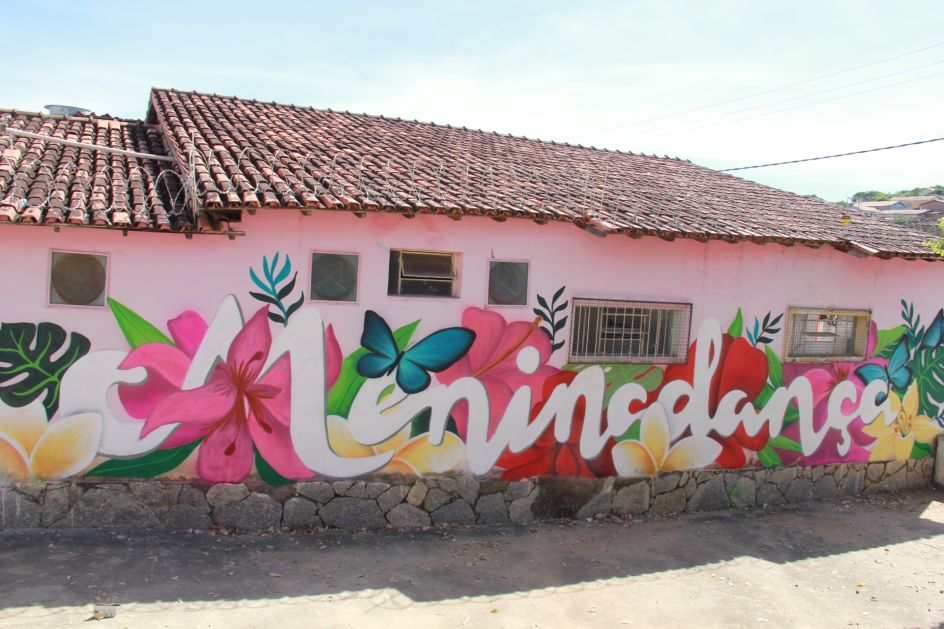
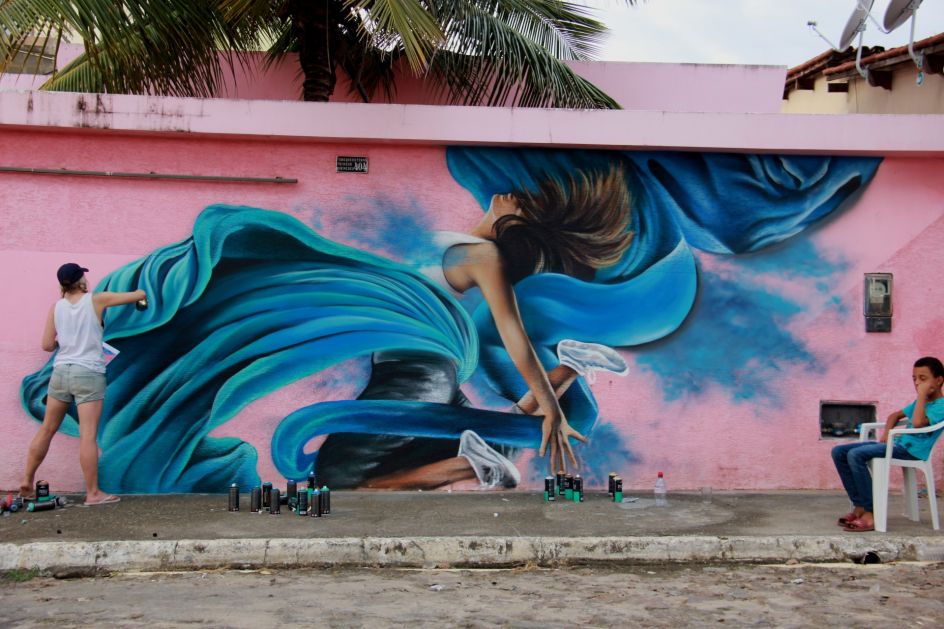
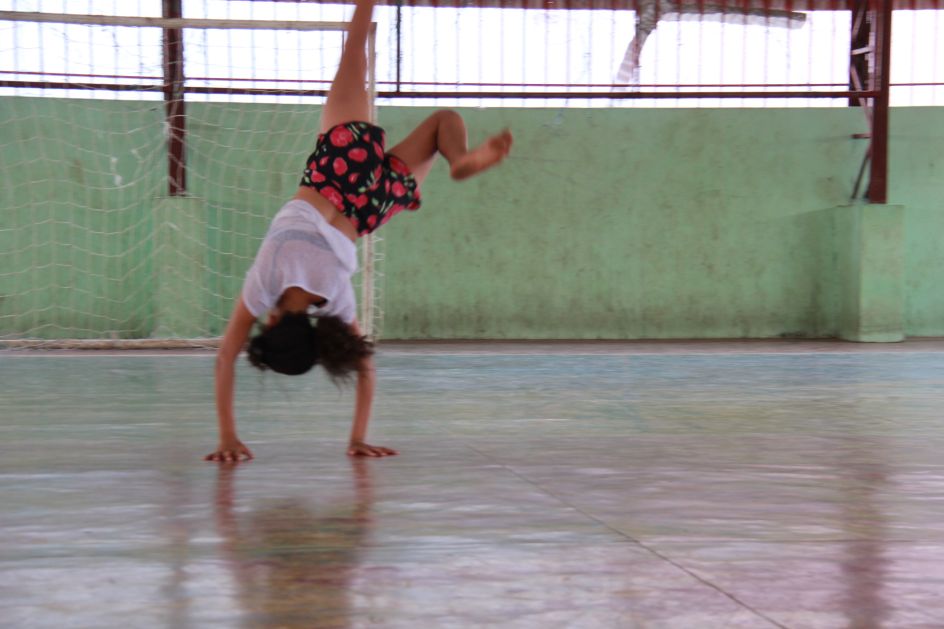
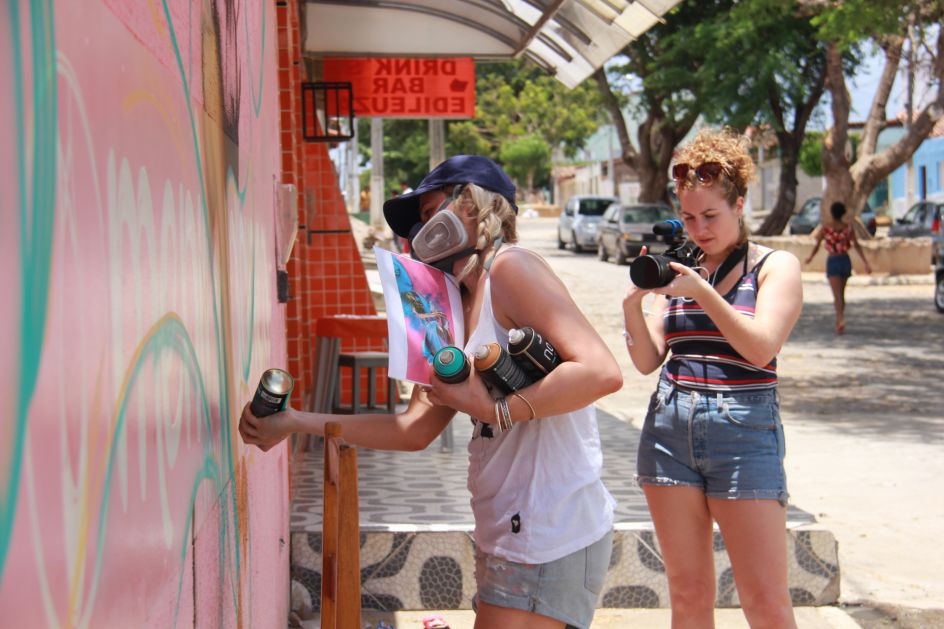
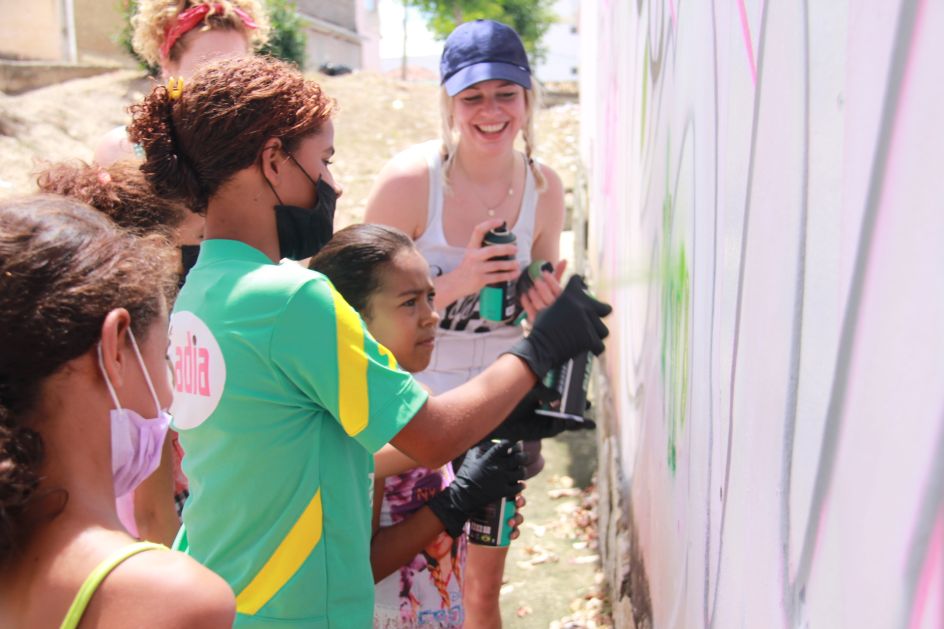
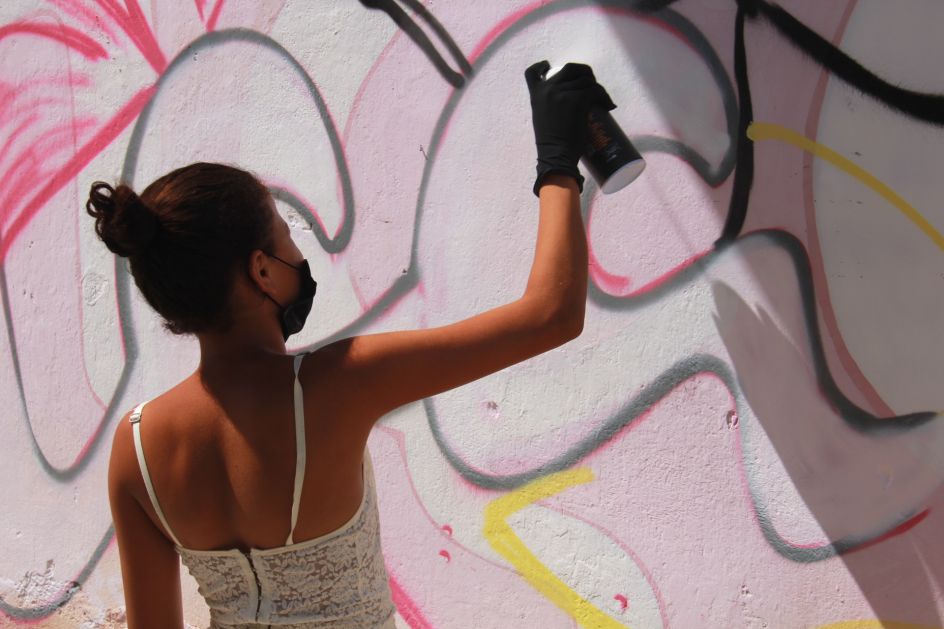
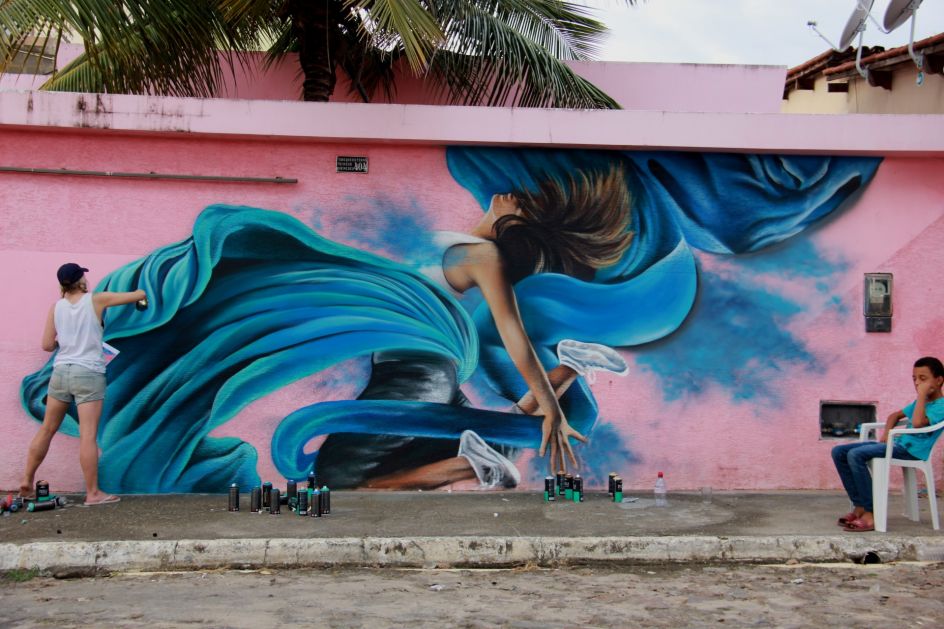
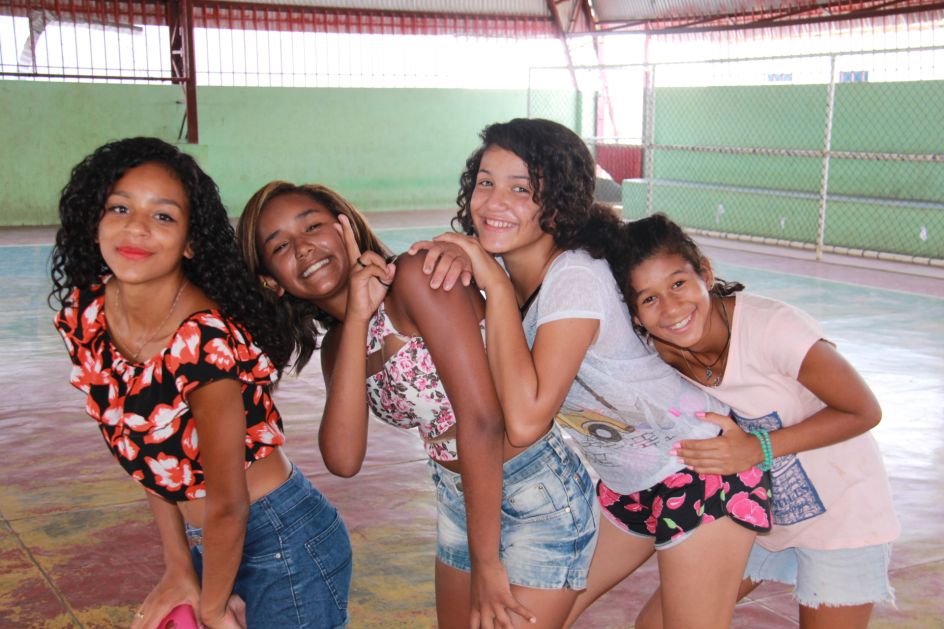
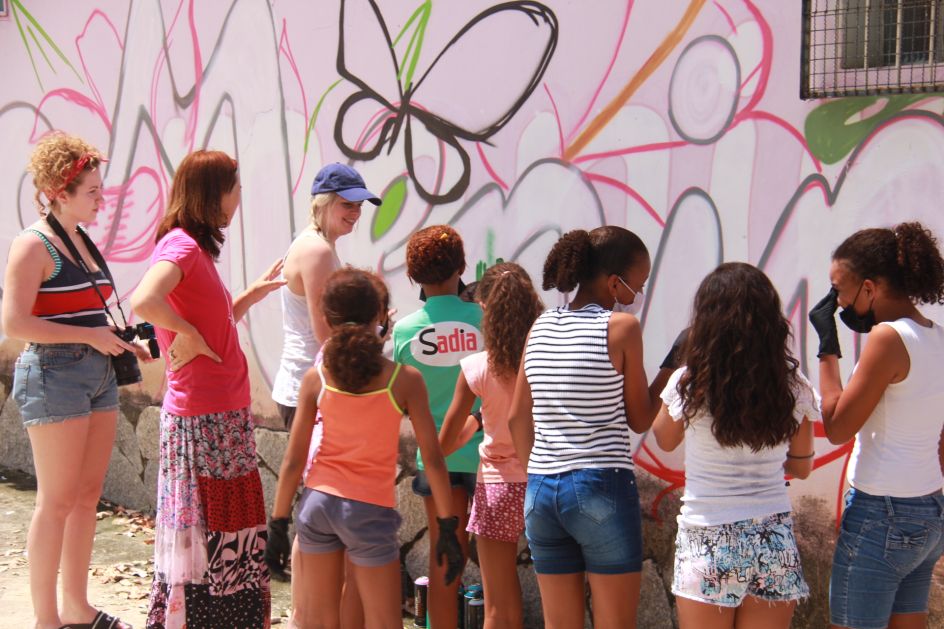

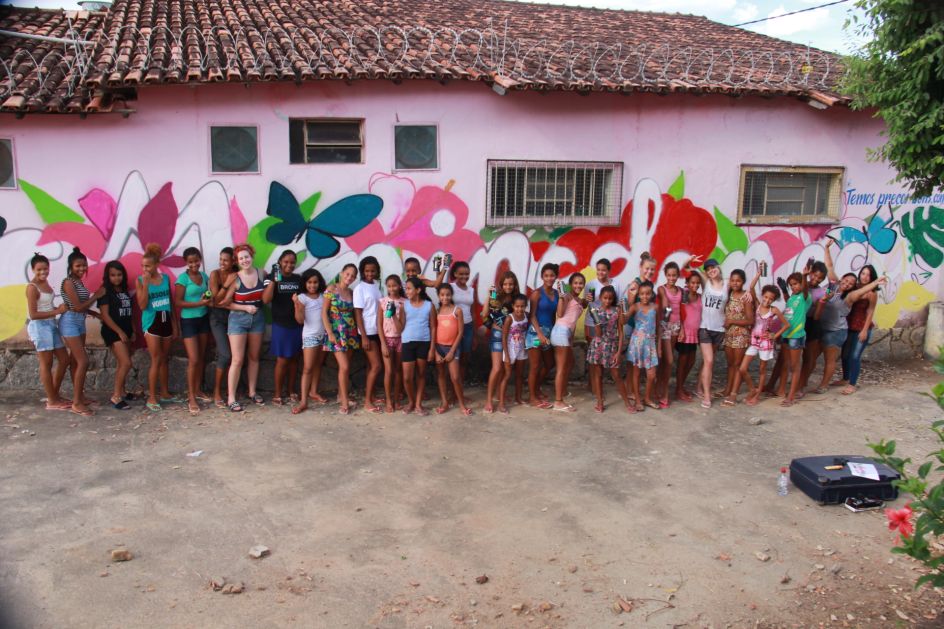

















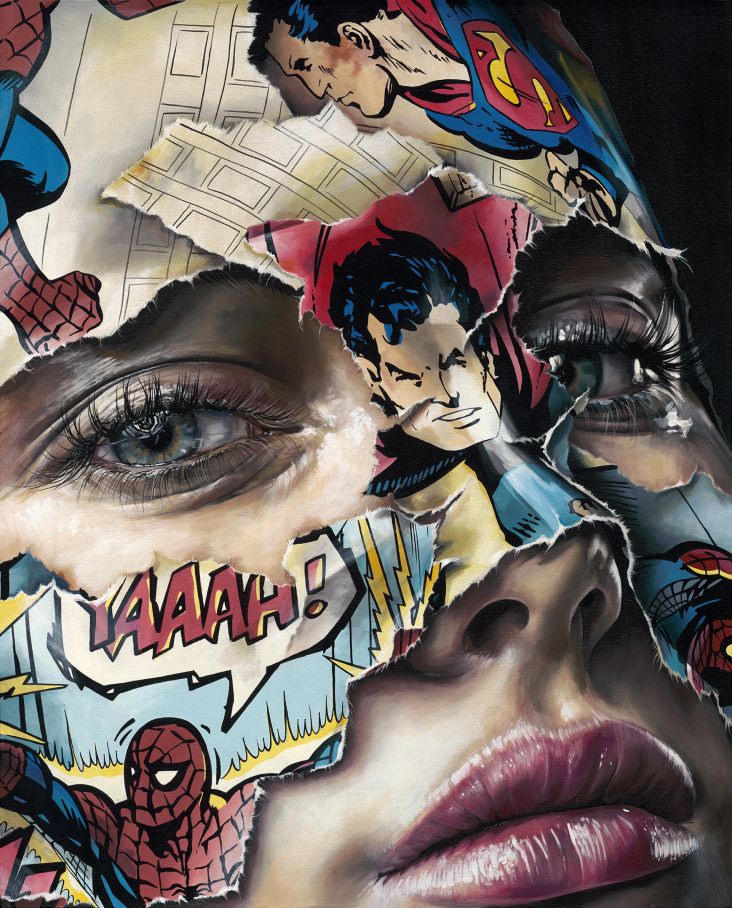
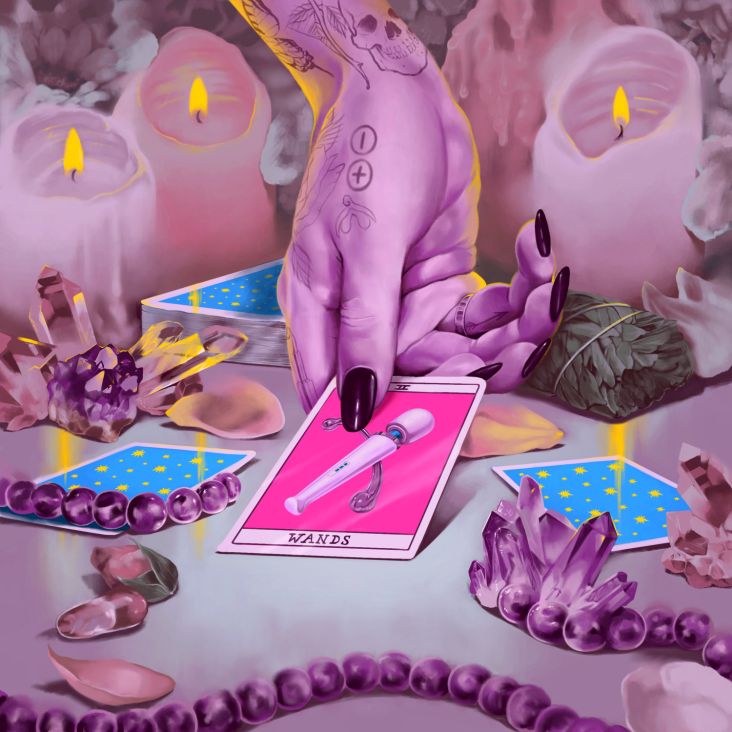
, commissioned by Creative Boom for International Women's Day 2019](https://www.creativeboom.com/upload/articles/ab/ab0c5bd609ae1d3151169eb7a744a23d2a56a7ca_732.jpg)

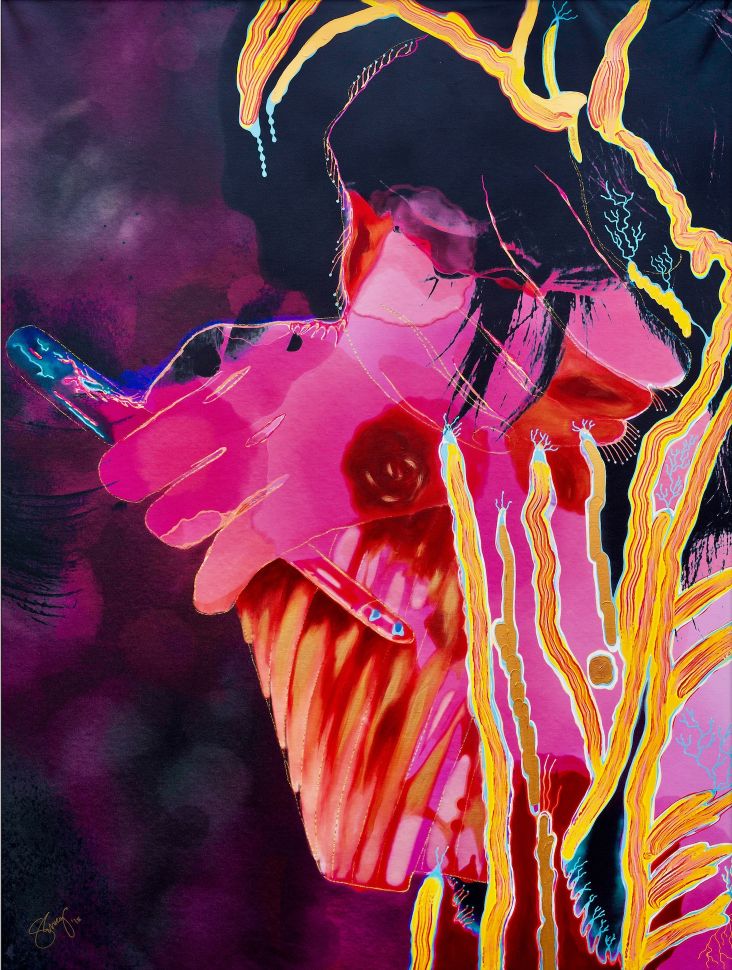

, commissioned by Creative Boom for International Women's Day 2019](https://www.creativeboom.com/upload/articles/12/12230dd8fd7953626f2bd36111c4c9d50dc2b068_732.jpg)
